Peanut butter may not one of the first foods that comes to mind when you think about starting solids with your baby, but it should be! Get the scoop on why peanut butter is a great first food for babies, and how to serve it with both baby led weaning and traditional weaning methods.
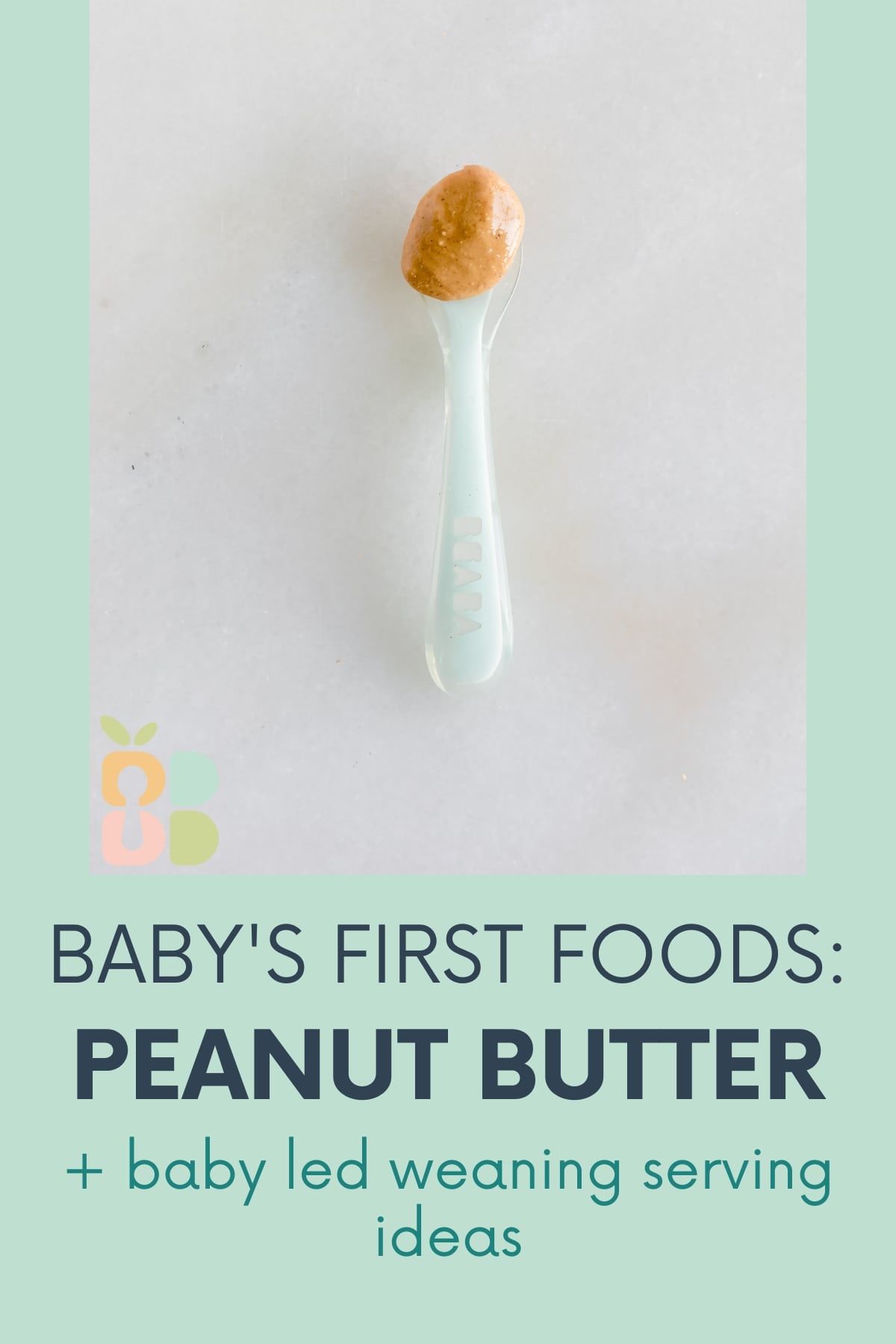
Continuing with my series on first foods for babies, today's food is one that so many of us love as adults: peanut butter! Peanut butter is delicious. There's no doubt about that. But it may not be an obvious choice for your baby's first foods. I'm here to convince you that peanut butter should absolutely be in the lineup when it comes to starting solids with your baby. Plus I'm giving you serving ideas and safety tips for serving peanut butter to babies.
Why Peanut Butter Is a Great First Food For Babies
As a dietitian and a mom, I LOVE peanut butter for babies. Not only is it an exciting new taste to try, but it's also a common allergen that babies need exposure to early (more on that below). Peanut butter is an affordable, widely available, shelf stable food that's full of nutrients, and it's so easy for parents to add into their babies' diets. Let's dive into why peanut butter is so great for babies!
Allergen Exposure For Babies
Previous advice on starting solids told parents to hold off on introducing peanuts to babies until 3 years of age for fear that starting too early could cause a peanut allergy. However, now the research tells us the opposite - that introducing peanuts into babies' diets early and often could actually reduce the risk of developing a peanut allergy! Guidelines recommend offering peanut protein three times a week to babies as early as 4-6 months of age to hep reduce risk of peanut allergy. PreventPeanutAllergies.org is a great resource where you can learn more about the research and how to introduce babies to peanuts.
Since we can't give babies whole peanuts (they're a choking hazard) peanut butter (along with peanut butter powder) is a great first food for allergen exposure when starting solids with your little one.
Read More: Introducing Allergens to Babies
Nutrient and Calorie Dense
Another reason I love peanut butter? It's so nutrient dense! Babies have very high nutrient and energy needs, and they have little bitty tummies. Peanut butter is an easy way to add more calories, protein and unsaturated fat to meals, all of which are important for the growth and development of little ones.
The Best Peanut Butter For Babies
Since it's important to limit salt and sugar for babies, I love all-natural peanut butter that contains only peanuts. Crazy Richard's is my favorite! I also really love Crazy Richard's Peanut Powder, which is, again, just peanuts, but in powder form. It's great for stirring into foods and making them thicker, which is nice to baby led weaning.
Costco's Kirkland brand peanut butter comes in sat a close second, only because it contains salt (though I still give it to my babies, since the salt content of peanut butter isn't all that high), and because it is super affordable.
How To Serve Peanut Butter To Babies
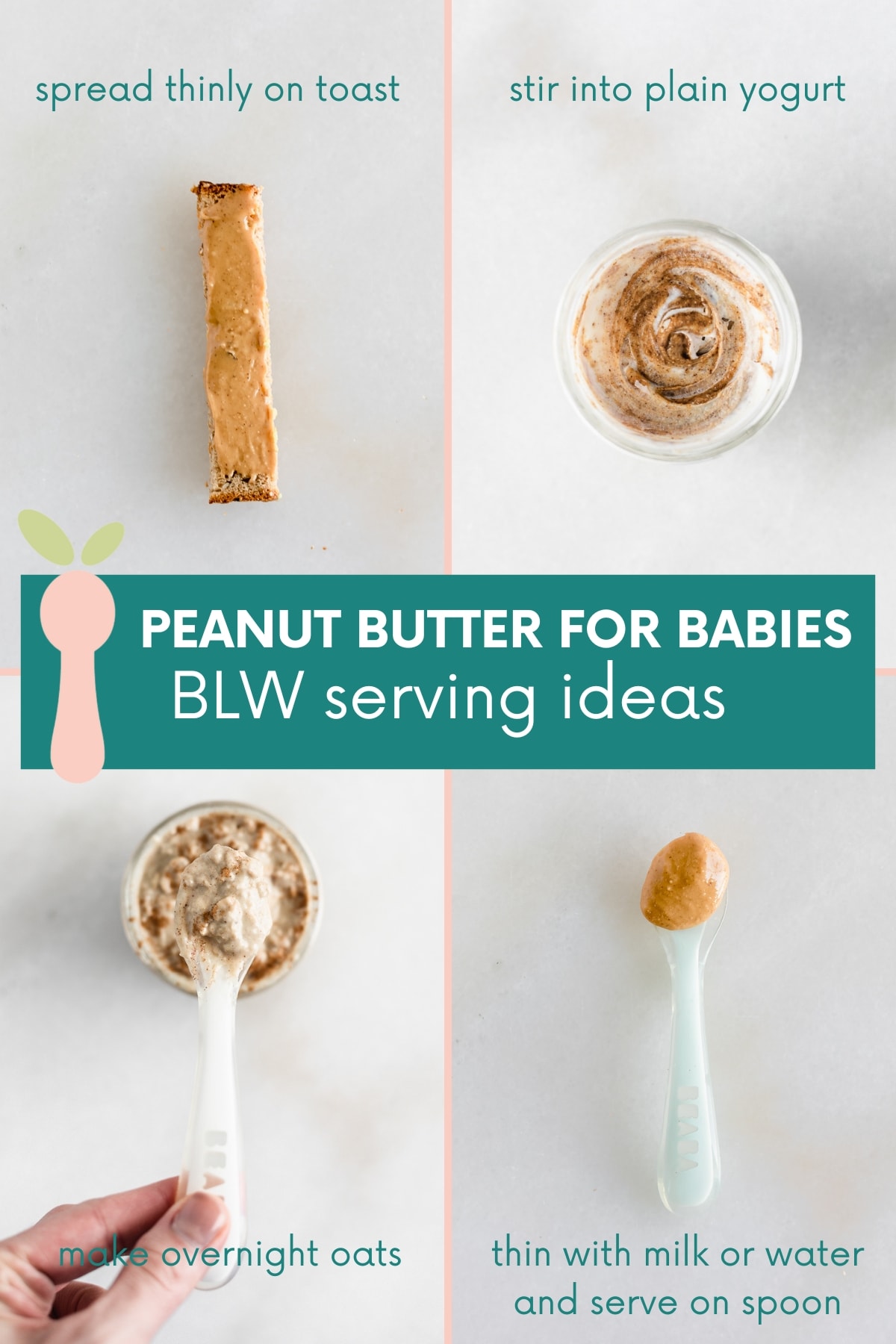
Here are a few ideas for adding peanut butter to your baby's diet. It's important to note that whole peanuts and big spoonfuls of thick peanut butter are a choking risk and should not be given to young babies and toddlers.
- Thin a small bit of peanut butter with breast milk/formula or water and serve with a soft spoon, or mix with purees (for traditional weaning)
- Make a 'popsicle' of peanut butter mixed with breast milk or formula
Spread thinly on toast, pancakes (cut into finger strips), or banana
- Stir peanut powder or peanut butter into yogurt or oatmeal (add cinnamon or other spices for more flavor!)
- Bake into oatmeal or muffins (try my Peanut Butter Banana Baked Oatmeal)
- Add to overnight oats or chia pudding
- Blend into a smoothie
Make an Asian inspired peanut sauce for noodles or dipping
- Make a West-African inspired peanut stew
Do you need specialty peanut products for babies?
Peanut-containing products for the purpose of allergen exposure for babies (such as Lil Mixins or Ready Set Food) can be a great tool if you're nervous about serving peanuts to your little one or if they are very high risk for allergies. But in general, I find them expensive and unnecessary if you already have peanut butter or peanut powder in your house. Peanut puff snacks (such as Bamba or Puffworks) are a fun, less messy change-up for a snack that I will give every once in a while, but I don't typically buy them since they can be difficult to find and pretty costly.
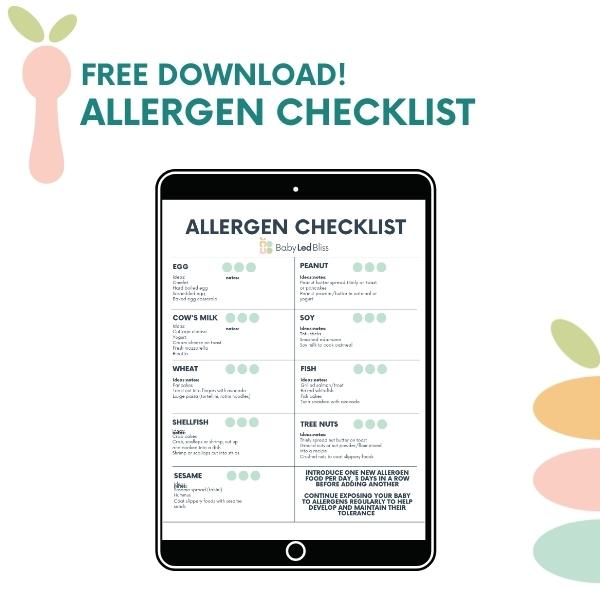



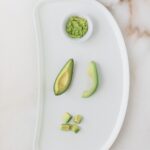
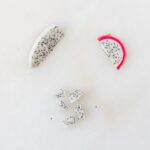


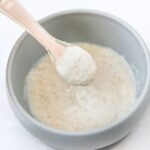
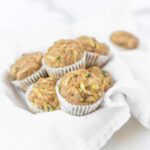


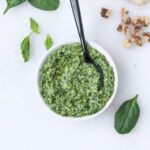


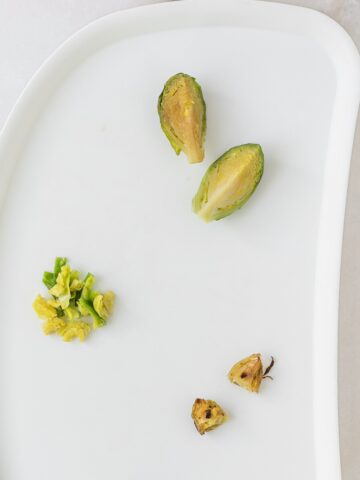
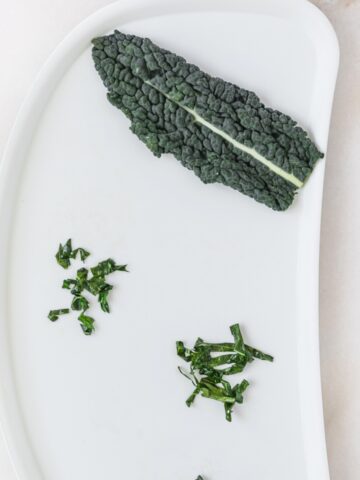

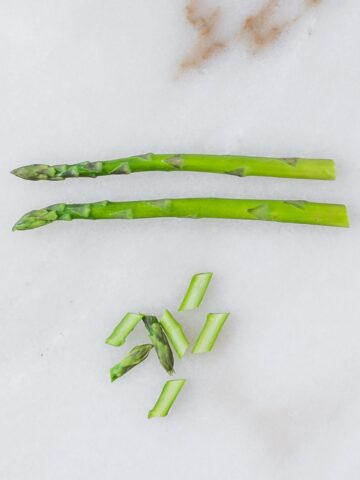
Leave a Reply